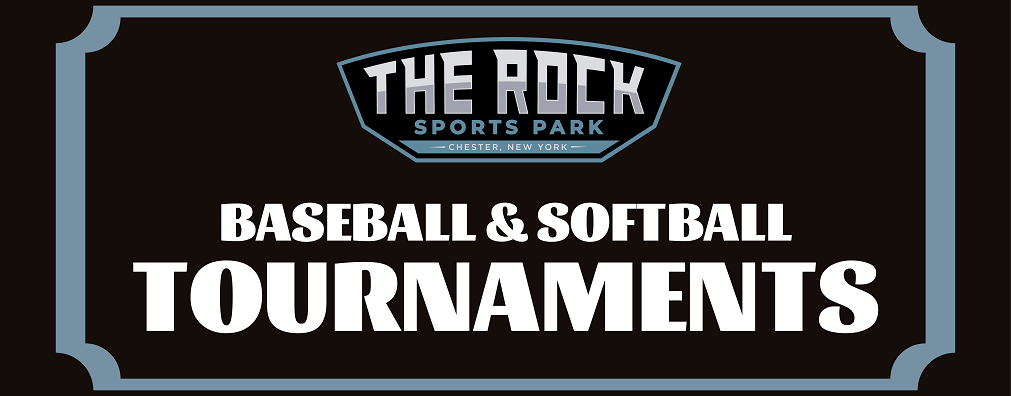NEWSWEEK, September 25, 2005
Even a little leaguer knows a batter can’t hit what he can’t see. One high-tech company has turned the adage “see better, hit better” into a multimillion-dollar business. At the Frozen Ropes Training Center, an hour’s drive north of Manhattan, players from youth leagues to the majors strap on 3-D glasses and duel with lasers to practice what’s often called the hardest act in sports: hitting a baseball moving as fast as 100mph. Boston Red Sox slugger Manny Ramirez consults with Frozen Ropes during the season and visits on the way to spring training. For one clever drill, the lasers Ramirez aims to follow come from a 3-D poster of New York Yankees nemesis Mariano Rivera. “The drills have helped me a lot,” says Ramirez, a lifetime .313 hitter who uses Frozen Ropes eye exercises in his pregame routine. “They help me recognize pitches.”
Treating hitting as a sensory-visual rather than purely physical act has helped make Frozen Ropes (player jargon for line drives) one of the fastest-growing baseball instructional schools. What started out as a single facility in an old New Rochelle, N.Y., iron factory in 1989 has spread to 26 facilities, mostly in the Northeast but also in California and Italy. Its founder is Tony Abbatine, 45, a former college player who left his job as a Bronx prosecutor to help athletes do what he rarely could: hit a baseball.
Working with eye doctors, his research suggested that while hand-eye coordination was integral to hitting, eye-brain coordination and its underlying neurology had been ignored by batting coaches. A 95mph fastball takes just four tenths of a second to reach home plate, and the batter has less than half that time to decide whether to swing.
Strengthening a brain’s ability to process visual input–Does the ball rotation suggest a fastball or slider? Where will it hit the strike zone?–became Frozen Ropes’ calling card. “When you talk about hitting mechanics, it’s like talking about religion and politics–the only area where you can get agreement is that seeing the ball is the first thing that has to happen,” says Abbatine, whose company last year worked with 50,000 players, most of whom paid between $45 and $300 for help. Frozen Ropes revenue is $15 million annually. Several major-league teams have had Abbatine serve as a consultant. One of his prize pupils (pun intended) is the New York Mets’ David Wright, one of the best young players in the sport. “People underestimate the value of vision training,” Wright says. “It’s the little things that can help you go from being good to excellent. These exercises are one of those little things.” And perhaps the next big thing in baseball.




